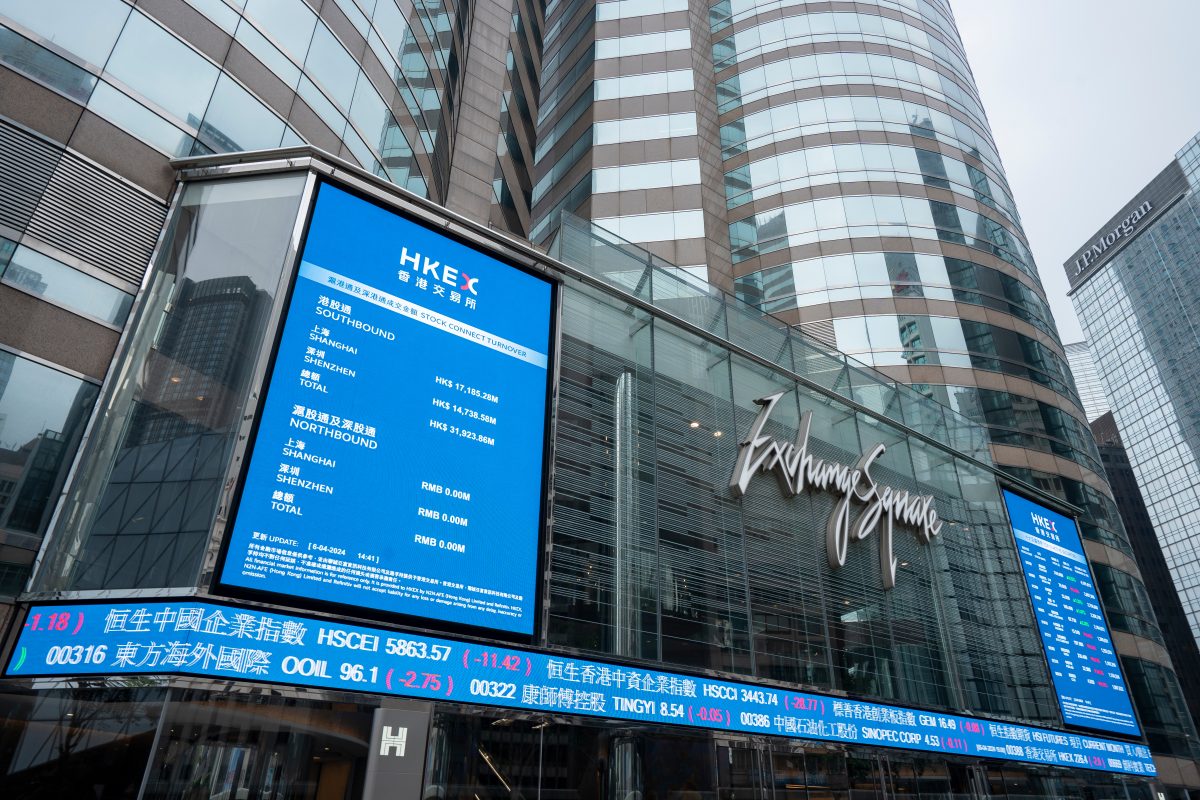Updated April 2020
Irrespective of whether you trade an individual market or several, understanding the dynamics behind broader risk sentiment is imperative. This adds a crucial tool to a trader’s arsenal.
Risk-On – Risk-Off
The market continually cycles between two modes: Risk-on and Risk-off.
Rising and falling confidence dictates market movement, leading to traders favouring one asset class over another.
According to research, the terms Risk-on and Risk-off came about during the financial crisis – media outlets such as CNBC used them to simplify things.
- Risk-on is an investment setting in which market participants favour riskier assets, normally to the effect of expanding corporate earnings, optimistic economic outlook and accommodative central bank policies.
- Risk-off is the opposite of Risk-on. Investors readjust positions to take on less risk, usually to the effect of corporate earnings downgrades, contracting or slowing economic data and uncertain central bank policies.
Many simply refer to Risk-on and Risk-off as greed and fear – it is a way to put forward a general overview of what’s going on.
When investors are optimistic, they seek higher returns. This generally prompts a bid across stock markets and high-yielding currencies, echoing a Risk-on motion. The yield on the 10-Year US Treasury Note also rises as government bonds are sold. Government bonds, for the most part, are thought to be essentially risk-free, boasting a safe-haven value.
The flip side, of course, is when risk appetite sours – a Risk-off event. Investors, in this case, commonly move capital from stocks and purchase government bonds, sending yields lower. Also, shares of utility and consumer staples are often purchased as they often outperform amid market declines – defensive stocks of this nature typically hold stable profits and dividends.
US Equity Market
What happens in the US equity markets is generally replicated in Asia and Europe. However, if an individual event transpires in Asia, for example, change may occur. The US equity market, nonetheless, is considered the epicentre of all equity markets.
If US equities concluded in negative territory – a loss, this is referred to as Risk-off; a positive close on the day is considered a Risk-on scenario.
What Does This Mean for Currency Traders?
If equities highlight a Risk-off tone, generally around geopolitical news, a run to safe-haven assets tends to occur. The Japanese yen and Swiss franc are commonly perceived safe-haven currencies. As a result, both generally rally in Risk-off environments – you can, therefore, expect the USD/CHF and USD/JPY currency pairs to decline. A similar state is visible in a Risk-on environment, only the reverse whereby safe-haven currencies tend to depreciate.
Countries with strong economies are deemed the safest place to store capital in times of economic uncertainty. There is a lower likelihood of these currencies suffering devaluations amid market turmoil. Traditionally, as briefly touched on above, safe-haven currencies are defined as the Japanese yen and the Swiss Franc, though the US dollar also slots within this domain.
- Japan sees strong safe-haven in flows in times of global uncertainty due to its large amounts of foreign investment.
- Switzerland’s historical position of political neutrality has made it a popular safe-haven destination for concerned capital holders.
- The US dollar is the most highly liquid and widely used currency in the world and is often an investor favourite amid rising global risks, with the safety of US bonds sought after by domestic and foreign investors alike.
Gold’s Safe Haven Value
Investors also turn to precious metals, such as gold, in times of economic turmoil. Over the years, the yellow metal has been considered a store of value. Gold cannot be printed like money; it’s also not impacted by interest rate decisions. Therefore, due to the precious metal maintaining its value, it serves as insurance during times of market uncertainty.
Another interesting point worth mentioning concerning gold is it is entirely possible to see both equities and gold markets rally side-by-side. When the economic cycle is positive (GDP is rising), stocks generally appreciate while gold falls. Yet, if inflation is rising along with GDP then both gold and stocks can rally, as gold is thought to be a hedge for inflation.
Oil
When the market reverts to a Risk-off setting, this suggests the global economy is likely to shrink. Less growth means less demand for oil. Things such as machinery for transportation, construction and airlines are all affected, thus a sell-off in oil is usually seen.
A decline in oil prices generally leads to the US dollar and USD/CAD rallying, as Canada’s economy is heavily tied to the price of oil. As of 2019, it’s the fourth largest oil producer in the world, delivering more than 5.50 million barrels per day[1] Because of the volume involved, it creates a huge demand for Canadian dollars.
Conclusion
Using the S&P 500 or Dow Jones Industrial Average as a means of evaluating investor sentiment (that is whether we are in a Risk-on or Risk-off scenario) is certainly one approach. This helps select which markets are likely to rise and those that are vulnerable.
However, like all things investing and trading, there’s no guarantee. A Risk-off scenario may last for a session, or years. For that reason, never base a trade solely on the expectation of safe-haven direction.
A good trade should boast several converging elements.






